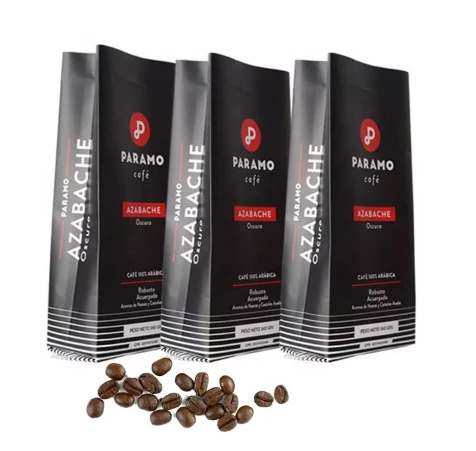- Afrikaans
- Albanian
- Amharic
- Arabic
- Armenian
- Azerbaijani
- Basque
- Belarusian
- Bengali
- Bosnian
- Bulgarian
- Catalan
- Cebuano
- chinese_simplified
- chinese_traditional
- Corsican
- Croatian
- Czech
- Danish
- Dutch
- English
- Esperanto
- Estonian
- Finnish
- French
- Frisian
- Galician
- Georgian
- German
- Greek
- Gujarati
- haitian_creole
- hausa
- hawaiian
- Hebrew
- Hindi
- Miao
- Hungarian
- Icelandic
- igbo
- Indonesian
- irish
- Italian
- Japanese
- Javanese
- Kannada
- kazakh
- Khmer
- Rwandese
- Korean
- Kurdish
- Kyrgyz
- Lao
- Latin
- Latvian
- Lithuanian
- Luxembourgish
- Macedonian
- Malgashi
- Malay
- Malayalam
- Maltese
- Maori
- Marathi
- Mongolian
- Myanmar
- Nepali
- Norwegian
- Norwegian
- Occitan
- Pashto
- Persian
- Polish
- Portuguese
- Punjabi
- Romanian
- Russian
- Samoan
- scottish-gaelic
- Serbian
- Sesotho
- Shona
- Sindhi
- Sinhala
- Slovak
- Slovenian
- Somali
- Spanish
- Sundanese
- Swahili
- Swedish
- Tagalog
- Tajik
- Tamil
- Tatar
- Telugu
- Thai
- Turkish
- Turkmen
- Ukrainian
- Urdu
- Uighur
- Uzbek
- Vietnamese
- Welsh
- Bantu
- Yiddish
- Yoruba
- Zulu
Effective Moisture Control Using Advanced Drying Desiccants for Enhanced Storage Solutions
The Importance of Drying Desiccants in Moisture Control
In various industries, maintaining optimal humidity levels is crucial for preserving product quality and extending shelf life. Moisture can lead to a myriad of problems, including mold growth, material degradation, and compromised functionality of sensitive components. This is where drying desiccants come into play, providing an effective solution for moisture control.
What is a Desiccant?
A desiccant is a hygroscopic substance that absorbs moisture from the air, keeping its surroundings dry. Common materials used as desiccants include silica gel, activated charcoal, calcium sulfate, and molecular sieves. Each of these has unique properties that make them suitable for different applications, from industrial manufacturing to consumer products.
Why Use Drying Desiccants?
1. Protection Against Moisture-Related Damage One of the primary functions of drying desiccants is to protect sensitive items from moisture-related damage. For example, electronics can suffer from corrosion when exposed to humidity, leading to malfunction or total failure. By using desiccants in packaging, manufacturers can mitigate these risks and ensure that their products reach the consumer in optimal condition.
2. Enhanced Shelf Life Desiccants play a significant role in extending the shelf life of food products. Foods that contain moisture are prone to spoilage and degradation, which can result in significant economic losses. By incorporating drying desiccants into food packaging, manufacturers can help maintain the freshness of products, preventing spoilage and reducing waste.
3. Improved Product Quality In many industries, such as pharmaceuticals and textiles, maintaining specific humidity levels is essential for product quality. Desiccants help keep these environments stable, ensuring that products retain their intended properties. For instance, pharmaceutical compounds may lose potency when exposed to excessive moisture levels, making desiccant use critical in the pharmaceutical industry.
drying desiccant

4. Cost-Effective Solution Compared to other moisture control methods, using desiccants is often more cost-effective. They are relatively inexpensive to produce and easy to use. Packing a small packet of desiccant can provide a significant level of moisture control without requiring complex machinery or systems.
Types of Drying Desiccants
- Silica Gel The most popular desiccant, silica gel is non-toxic and can absorb moisture effectively. It changes color when saturated, indicating when it needs replacement. Silica gel is widely used in packaging for electronics, shoes, and food products.
- Activated Charcoal This desiccant is excellent not just for moisture absorption but also for odor control, making it ideal for use in environments where both issues are a concern.
- Calcium Sulfate Often used in larger-scale applications, calcium sulfate can effectively remove moisture from air in storage areas or production lines.
- Molecular Sieves These desiccants are characterized by their ability to selectively adsorb certain molecules based on size. They can be used in specialized applications, such as in the petrochemical industry, where precise moisture control is essential.
Conclusion
In conclusion, drying desiccants are invaluable tools across various industries for controlling humidity and protecting products from moisture-related damage. Understanding the types of desiccants available and their specific applications is crucial for businesses aiming to preserve product quality and extend shelf life. By integrating desiccants into their packaging and storage solutions, industries can ensure that they meet consumer expectations for quality and performance. As technology advances and new materials are developed, the role of drying desiccants will undoubtedly continue to grow, further emphasizing their importance in our everyday lives.













